Online Weather Forecast python Django Project Report

Online Weather Forecast python Django Project Report
₹501.00Write a review
You must be logged in to post a review.
Creating a comprehensive project report typically involves detailing various aspects of the project, including its purpose, design, implementation, testing, and outcomes. Below is a template for an “Online Weather Forecast Project in Python Django” project report. Please note that you may need to adapt and expand upon this template based on the specific details and requirements of your project.
Project Report: Online Weather Forecast Project in Python Django
1. Introduction:
1.1 Background:
Provide an overview of the motivation behind the project, highlighting the need for an improved online weather forecasting platform.
1.2 Project Objectives:
Clearly state the goals and objectives of the project, including the desired outcomes and user benefits.
2. Aim:
Define the overarching aim of the project, outlining how it contributes to addressing challenges in existing weather applications.
3. Problem Statement:
Identify and describe the specific problems in current weather applications that the project aims to solve.
4. Scope:
Define the scope of the project, specifying the functionalities and features that are within the project’s boundaries.
5. Background:
Provide a brief overview of the technologies and frameworks used in the project, such as Python, Django, and external APIs.
6. Development Process:
6.1 Requirement Analysis:
Outline the process of gathering and analyzing system and software requirements. Include user stories, use cases, and any specific functionalities identified.
6.2 Design:
Detail the system design, including the system architecture, database schema (ER diagram), and the design of individual modules.
6.3 Implementation:
Describe the development process, including the setup of the development environment, coding practices, and integration with external APIs.
6.4 Testing:
Provide insights into the testing approach, including unit testing, integration testing, performance testing, and user acceptance testing.
6.5 Documentation:
Explain the documentation process, covering both user documentation (guides) and code documentation (comments, explanations).
6.6 Deployment:
Describe the deployment process, including the choice of hosting service, configuration of environment variables, and post-deployment monitoring.
7. System Design:
Include visual representations of the system architecture and database schema using diagrams and charts.
8. Implementation:
Provide code snippets or examples of key components, highlighting important aspects of the implementation.
9. Testing:
Report on the testing phase, summarizing test results, and addressing any challenges encountered during testing.
10. User Feedback and Improvements:
Highlight the incorporation of user feedback, bug fixes, and any planned future enhancements based on user needs.
11. Conclusion:
Summarize the project’s outcomes, achievements, and its potential impact. Reflect on the overall success of the project.
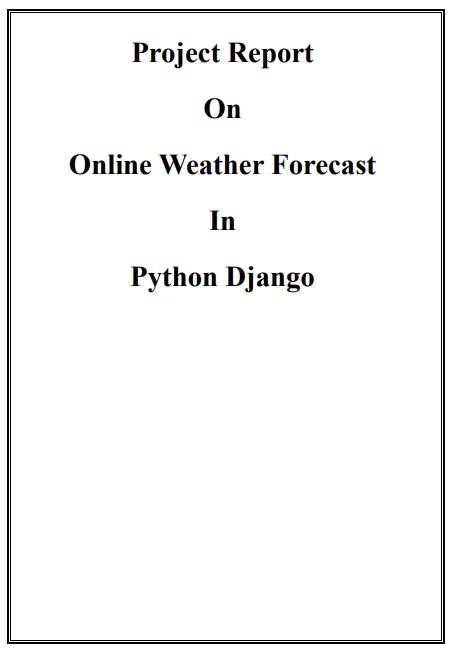
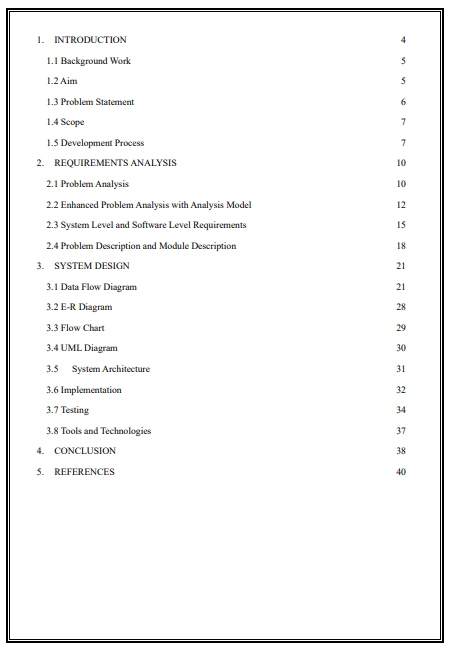
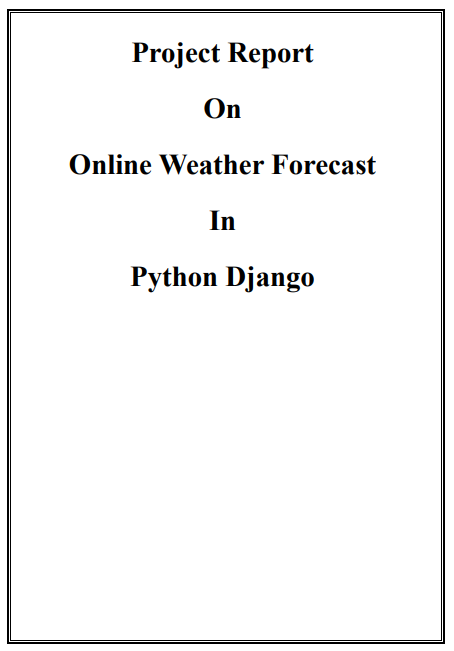
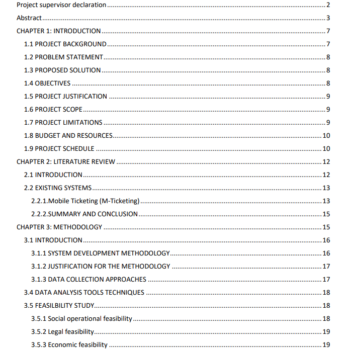
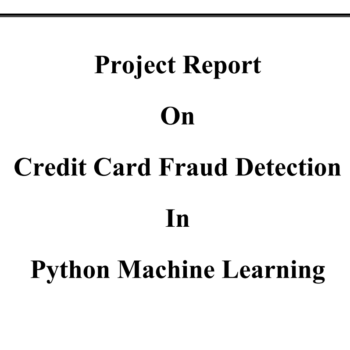
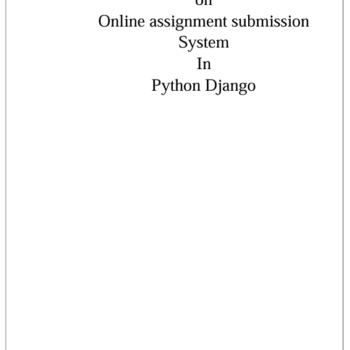

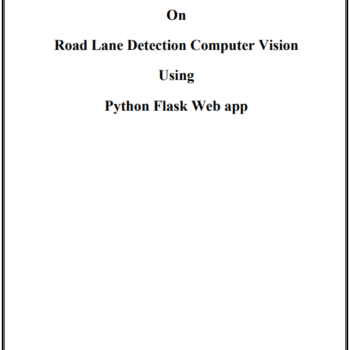
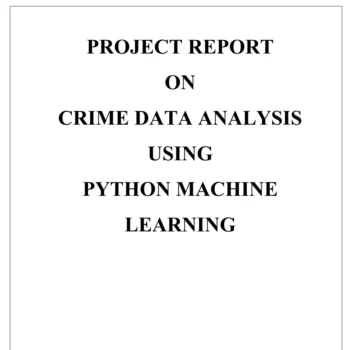


There are no reviews yet.